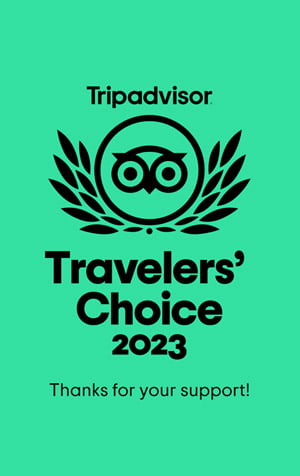Tanzania’s climate can be broadly divided into two zones: the interior, with its high plateaux, has a temperate tropical climate, and the flat coast has a humid equatorial climate. The higher you go, the lower the temperatures, and the lower you go, the hotter it gets, sometimes very hot. There isn’t really a best time to travel to Tanzania. The best time for you will depend on what you want to see and where you want to go. For Zanzibar, the months of June to October are ideal from a climatic point of view, as temperatures rarely, if ever, rise above 30°C, and this is the period when rain is rarest. To climb Kilimanjaro, the best periods are January to April and July to October. Tanzania safaris can be enjoyed all year round, even during the rainy season from March to early May. This gives us the advantage of not being swamped by too many tourists and also of having a better chance of spotting the animals.




